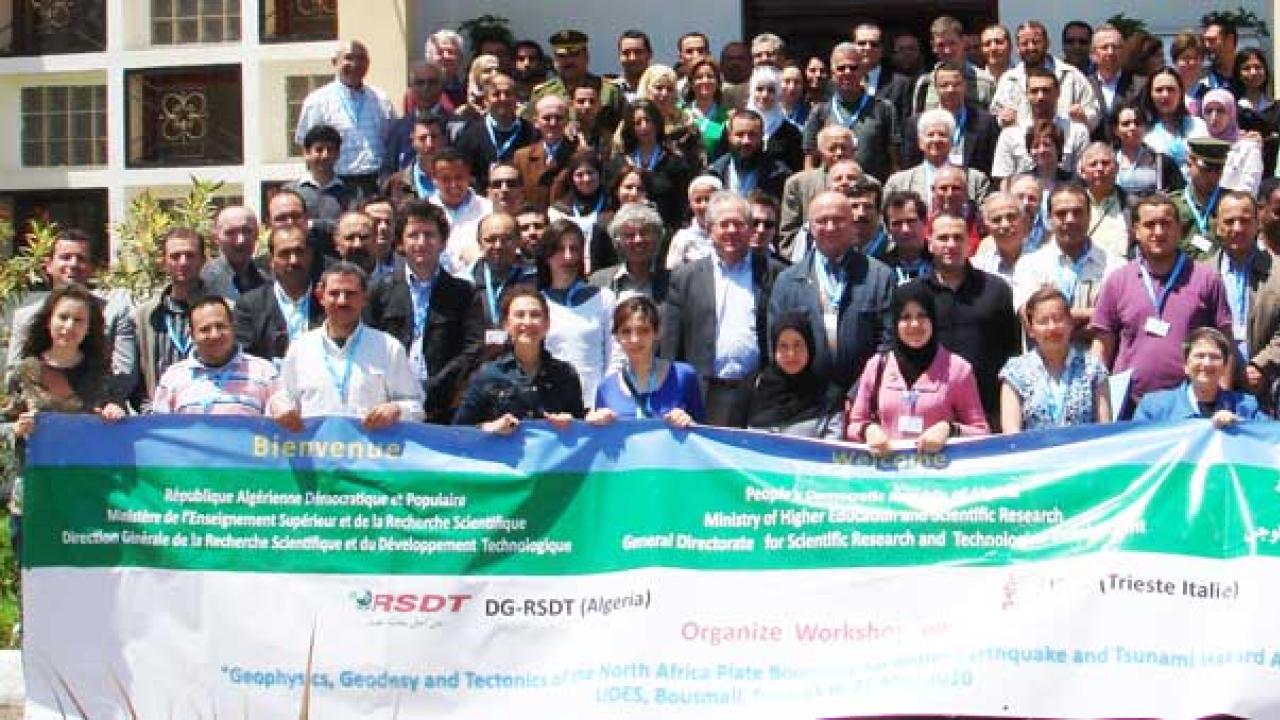
ICTP's recent Algerian workshop on earthquake and tsunami hazards got off to a shaky start and finish, according to organizer Abdelkrim Aoudia of the Centre's Earth System Physics section.
"A 5.2 earthquake struck during our opening talks, and a 3.8 magnitude event occurred during the closing day, just 10 km from the conference site in Algiers," said Aoudia. ICTP sponsored the conference on "Geophysics, Geodesy and Tectonics of the North Africa Plate Boundary for Better Earthquake and Tsunami Hazard Assessments", which ran from 15 to 21 May.
Aoudia said that the coincidental 5.2 quake, which killed two people, was centered in an area of Algeria for which researchers have no geophysical data, making it difficult for the country to prepare for earthquakes in the region. "That was the main point of our workshop: to highlight the importance of pre-disaster studies using, among other geophysical data, freely available satellite aperture Radar data, and computer models as tools to assess the seismic and tsunami hazards," explained Aoudia.
Countries in northern Africa sit on the boundary of the African tectonic plate and are at high risk of not only earthquakes but also tsunamis. Indeed, in the past few decades northern Africa has experienced unprecedented seismic activity, prompting scientists and local communities to focus attention on geo-hazards in the region. "The major cities in northern Africa are built on an active fault system that has a strong potential for a magnitude 7.5 earthquake, even stronger than the one that struck Haiti," said Aoudia, adding that the loss of life in these megacities could be in the hundreds of thousands.
ICTP is helping north African countries by training young scientists in the physics of earthquakes, faults and tsunamis, as well as in techniques to analyse satellite data and use computer modelling to assess hazards. The ICTP workshop, which ran from 15 to 21 May, offered educational lessons and hands-on training, as well as an international conference addressing research related to the northern Africa tectonic boundary, ranging from basic research to applied and pragmatic solutions. The nearly 150 conference participants also discussed early warning systems for tsunamis and the need to educate the public on how to respond to hazard warnings. The last day of the conference was dedicated to the commemoration of the destructive, magnitude 6.8 earthquake that struck Algiers on 21 May 2003.
















